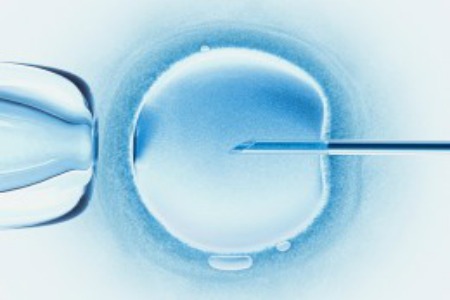
To say that the recent lawsuit filed by the lesbian couple Jennifer Cramblett and Amanda Zinkon has caused a stir would be an understatement. Desiring children, Cramblett was inseminated at Midwest Sperm Bank in Downers Grove, Illinois. The issue arose when, into Cramblett’s second trimester, the couple contacted the same clinic to secure another donation from the same donor for a second child, a biological sibling of the first. The couple was then informed that Cramblett’s egg had been inseminated not with the desired sperm of the white, blonde-haired, blue-eyed donor #380, but with that of the black male (presumably brown-haired, brown- eyed) donor #330, the result of a clerical error (a hand writing mishap to be exact). Did I mention that Cramblett and Zinkon are both white?
Where the outrage has ensued is with the couple’s $50,000 wrongful birth lawsuitagainst the clinic. The word “wrongful” implies that something unjust, unfair or unlawful has transpired and as such has provoked anxiety around the implication that this biracial child is somehow being named as a broken or flawed “product.” While Cramblett has stressed that she and her partner love their biracial daughter, the little girl’s racial distance from her mothers’ reproductive desires (measured in the blackness she has inherited from her father) serves to highlight the distance between blacks and whites in America and in other western nations with shared colonial histories.
Click here to read more.